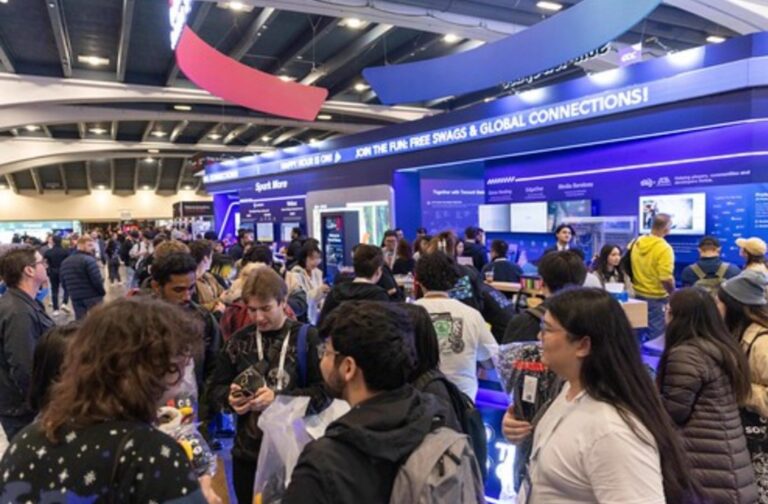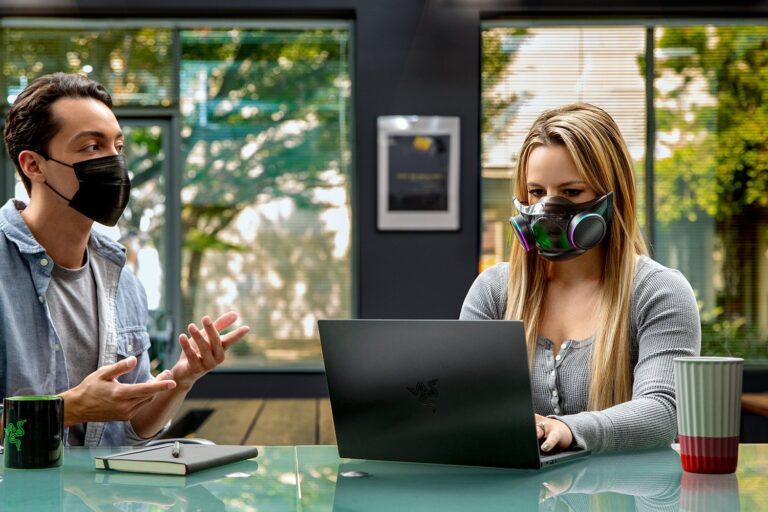Tencent unveils “Hunyuan3D 2.0” AI that speeds up 3D design from days to seconds
Join our daily and weekly newsletters for the latest updates and exclusive content on industry-leading AI coverage. Learn more
Tencent introduced “Hunyuan3D 2.0” today, an AI system that turns single images or text descriptions into detailed 3D models in seconds. The system turns a normally lengthy process—one that can take days or weeks for experienced artists—into a quick, automated task.
Following its predecessor, this new version of the model is available as an open source project on both Hugging face and GitHubmaking the technology immediately available to developers and researchers around the world.
“Creating high-quality 3D assets is a time-consuming process for artists, making automatic generation a long-term goal for researchers,” the research team notes in their technical report. The updated system builds on the foundation of its predecessor while introducing significant improvements in speed and quality.

How Hunyuan3D 2.0 turns images into 3D models
Hunyuan3D 2.0 uses two main components: Hunyuan3D-DiT creates the basic shape while Hunyuan3D-Paint adds surface detail. The system first takes multiple 2D views of an object, then builds them into a complete 3D model. A new guidance system ensures that all object views match – solving a common problem in AI-generated 3D models.
“We position the cameras at specific heights to capture the maximum visible area of each object,” the researchers explain. This approach, combined with their method of blending different viewpoints, helps the system capture details that other models often miss, especially at the top and bottom of objects.

Faster and more accurate: What sets Hunyuan3D 2.0 apart
The technical results are impressive. Hunyuan3D 2.0 produces more accurate and visually appealing models than existing systems, according to standard industry measurements. The standard version creates a complete 3D model in about 25 seconds, while the smaller, faster version runs in just 10 seconds.
What sets Hunyuan3D 2.0 apart is its ability to handle both text and images, making it more flexible than previous solutions. The system also introduces innovative features such as “classifier-free adaptive targeting” and “hybrid inputs” that help ensure consistency and detail in the generated 3D models.
According to their published benchmarks, Hunyuan3D 2.0 achieves a CLIP score of 0.809, outperforming both open source and proprietary alternatives. The technology introduces significant improvements in texture synthesis and geometric accuracy, outperforming existing solutions in all standard industry metrics.
The system’s key technical advance is its ability to create high-resolution models without requiring massive computing power. The team developed a new way to increase detail while keeping processing requirements manageable – often a limitation of other 3D AI systems.
This advance has implications for many industries. Game developers can quickly create test versions of characters and environments. Online stores can display products in 3D. Movie studios could visualize the special effects more effectively.
Tencent has shared almost all parts of its system via Hugging faceplatform for AI tools. Developers can now use the code to create 3D models that work with standard design software, making it practical for immediate use in professional settings.
While this technology marks a significant step forward in automated 3D creation, it raises questions about how artists will work in the future. Tencent sees Hunyuan3D 2.0 not as a replacement for human artists, but as a tool that handles technical tasks while artists focus on artistic solutions.
As 3D content becomes more central to gaming, shopping and entertainment, tools like Hunyuan3D 2.0 propose a future where creating virtual worlds is as simple as describing them. The challenge ahead may not be generating 3D models, but deciding what to do with them.









